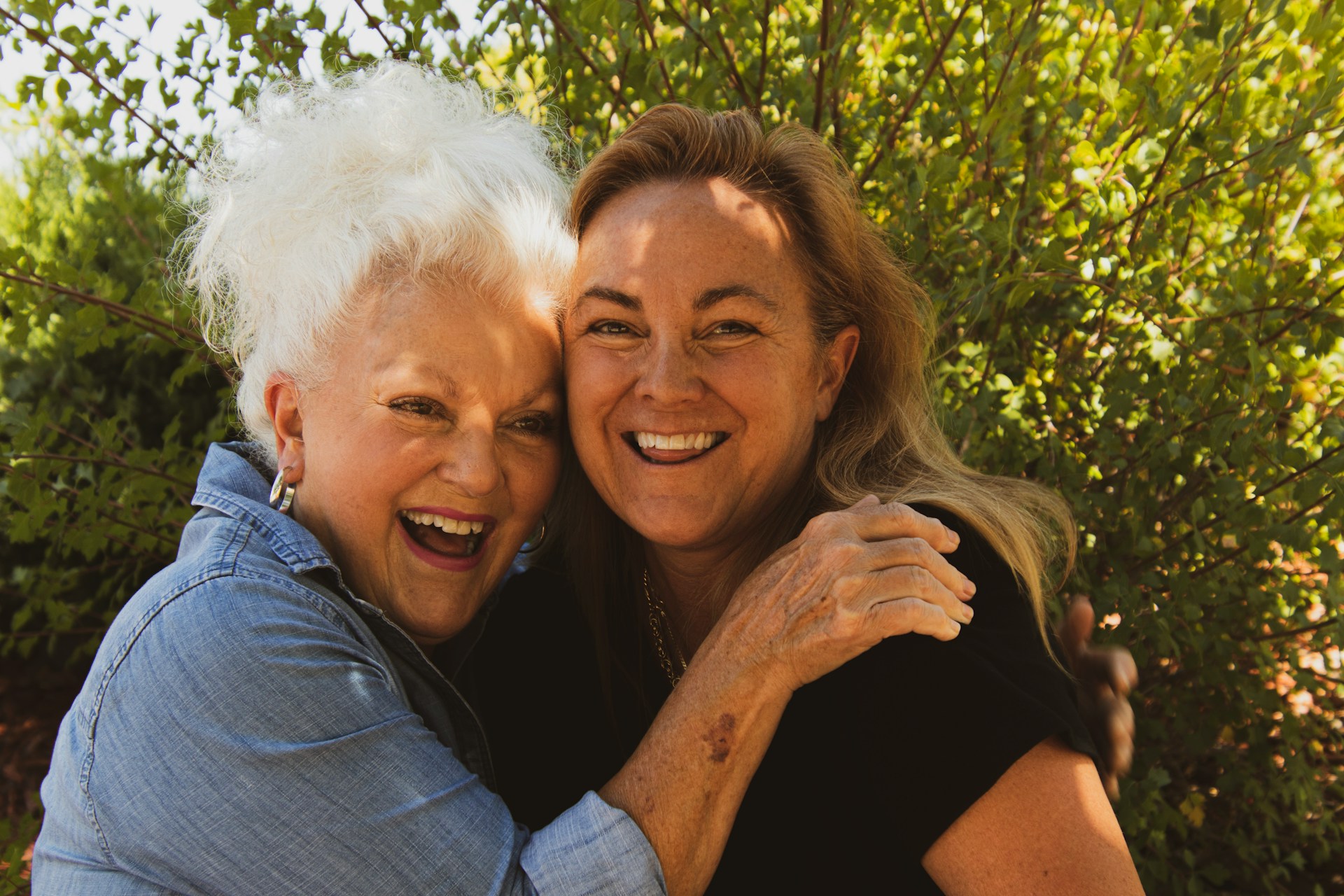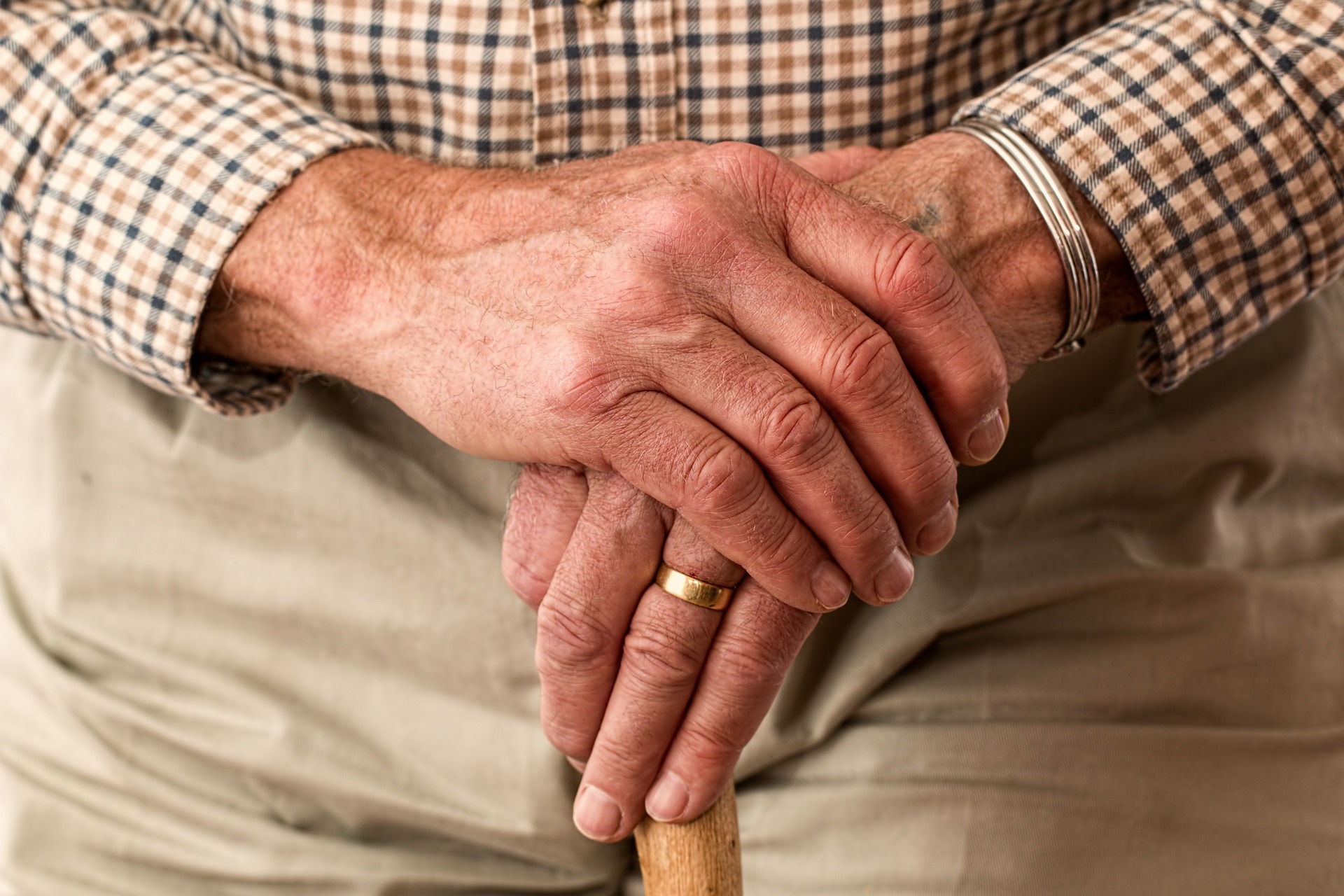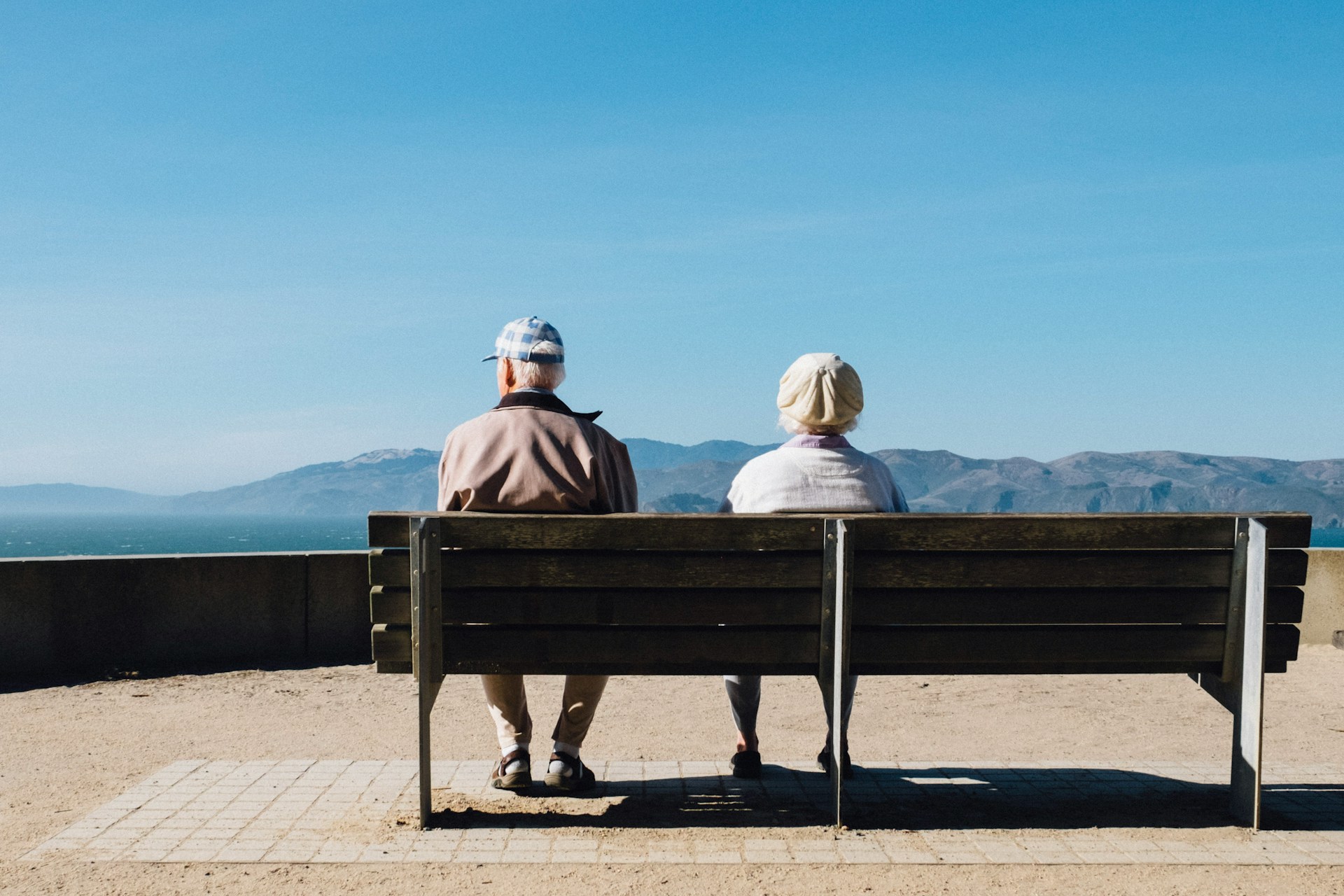Are you getting close to retirement age? Or maybe you’re just curious about how Canada takes care of its older folks. Either way, you’ll want to know about the Old Age Security (OAS) pension. Below, I’ve put together a list of 21 eye-opening facts about the OAS program.
Age requirement

You can start getting OAS when you turn 65. But did you know you can choose to wait and get more money later? For every month you delay after 65, your pension goes up by 0.6%. If you wait until you’re 70, you’ll get 36% more than if you started at 65. It’s like a reward for waiting!
Residency rules

To get the full OAS pension, you need to have lived in Canada for at least 40 years after turning 18. But don’t worry if you haven’t been here that long. You can still get a partial pension if you’ve lived in Canada for at least 10 years. The amount you get depends on how long you’ve been here.
No work history needed

Unlike some other pensions, you don’t need to have worked in Canada to get OAS. It doesn’t matter if you were a stay-at-home parent, worked outside the country, or didn’t work at all. As long as you meet the age and residency rules, you can get OAS. It’s meant to help all older Canadians, no matter what they did for work.
It’s taxable income

The government sees OAS as part of your income, so you have to pay taxes on it. This means when you file your taxes each year, you need to include your OAS payments. How much tax you pay depends on how much other income you have. It’s a good idea to plan for this when you’re budgeting for retirement.
Monthly payments

OAS is paid out every month. The money goes straight into your bank account, so you don’t have to worry about cashing checks. Payments are made near the end of each month. This regular income can help you plan your budget and know exactly when you’ll have money coming in.
Amount changes over time

The amount of OAS you get can change over time. The government looks at the cost of living every three months and might increase OAS to keep up with rising prices. This is called indexation. It helps make sure your pension keeps its buying power even when things get more expensive.
Clawback for high earners

If you make a lot of money, the government might take back some of your OAS. This is called the “recovery tax” or “clawback”. For 2023, it starts when your income is over $86,912. If you make more than $142,609, you might not get any OAS at all. The government does this to focus OAS on people who need it most.
Guaranteed Income Supplement

If you have a low income, you might get extra money on top of OAS. This is called the Guaranteed Income Supplement (GIS). You don’t have to apply for it separately – when you apply for OAS, they’ll check if you qualify for GIS too. It’s a way to help seniors who might be struggling financially.
International agreements

Canada has agreements with many other countries about pensions. This means if you’ve lived or worked in another country, you might be able to count that time towards your OAS. These agreements can help people who’ve moved around get better pension benefits. It’s worth checking if you’ve spent time outside Canada.
Automatic enrollment

For many people, you don’t need to apply for OAS. The government will enroll you automatically when you turn 65. They’ll send you a letter to let you know. But if you don’t get this letter, or if you want to delay your pension, you should contact Service Canada. It’s always good to double-check!
Pension sharing

If you’re married or in a common-law relationship, you and your partner can share your OAS payments. This is called “pension sharing”. It doesn’t change the total amount you get, but it might help with taxes. Each person reports half the pension on their tax return. This can be helpful if one person has a much higher income than the other.
OAS is different from CPP

OAS is not the same as the Canada Pension Plan (CPP). CPP is based on your work history and how much you’ve paid into the plan. OAS is funded by general tax revenues and is based on your residency in Canada. You can get both OAS and CPP. They work together to provide income for seniors.
Living outside Canada

You can still get OAS even if you move to another country. But there are some rules. If you’ve lived in Canada for at least 20 years after turning 18, you can get your full OAS anywhere in the world. If not, you can only get it for 6 months after leaving Canada. It’s important to know this if you’re thinking of retiring abroad.
One-time top-up

Sometimes, the government gives a one-time extra payment to OAS recipients. This happened during the COVID-19 pandemic to help seniors with extra costs. These top-ups aren’t regular, but they can provide a nice boost when they happen. It’s worth keeping an eye out for news about these extra payments.
OAS is adjusted quarterly

The amount of OAS you get is adjusted every three months based on inflation. This means your payments might go up a little bit in January, April, July, and October. These increases help your pension keep up with the rising cost of living. It’s a way to protect the buying power of your OAS over time.
No contributions required

Unlike some other pensions, you don’t pay into OAS during your working years. It’s funded by the general tax revenues of the government. This means even if you didn’t work or had low income, you can still qualify for OAS. It’s a way to provide a basic level of support for all seniors.
Allowance for surviving spouse

If your spouse was getting OAS and they pass away, you might be able to get something called the Allowance for the Survivor. This is for people aged 60-64 who have a low income. It provides extra support during a difficult time and helps bridge the gap until you can get your own OAS at 65.
OAS is individual

Each person gets their own OAS payment. If you’re married or in a common-law relationship, you each get your own pension based on your own age and residency history. This is different from some workplace pensions that might have spousal benefits. With OAS, each person’s entitlement is separate.
Appeal process

If you disagree with a decision about your OAS, you have the right to appeal. Maybe you think you should get more, or you were turned down but think you qualify. There’s a process to ask for a review of the decision. This helps make sure everyone is treated fairly and can stand up for their rights.
OAS and other benefits

Getting OAS might help you qualify for other benefits too. Some provinces and territories have programs for seniors that are linked to OAS. For example, you might get help with prescription drugs or housing. When you start getting OAS, it’s a good idea to check what other benefits you might be eligible for.
Future of OAS

As Canada’s population gets older, there are discussions about how to keep OAS sustainable for the future. The age of eligibility was going to be raised to 67, but that change was cancelled. It’s a good idea to stay informed about any potential changes to OAS. While it’s an important program, it might evolve over time to meet the changing needs of Canadians.
27 Unique Anniversary Ideas To Celebrate Your Love

Also read: 27 Unique Anniversary Ideas To Celebrate Your Love
11 Misconceptions Christians Have About Their Own Faith
